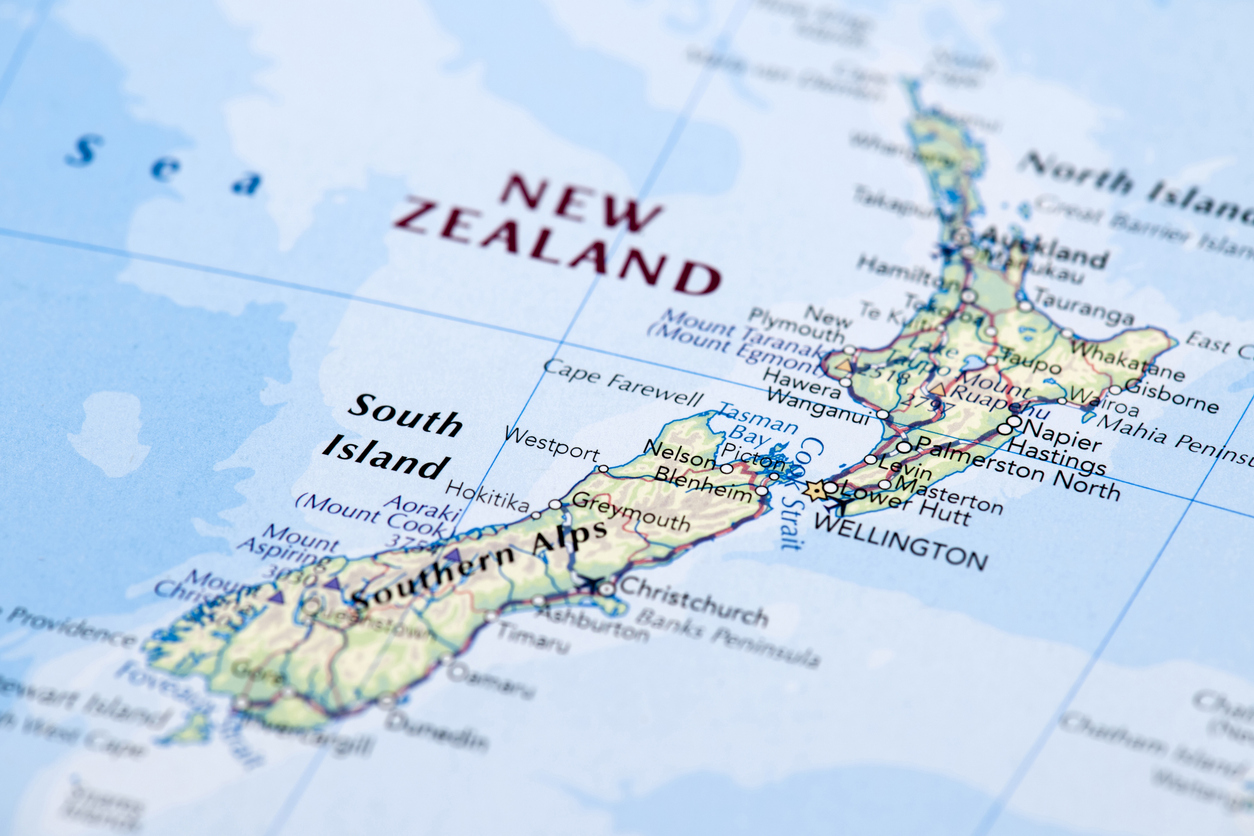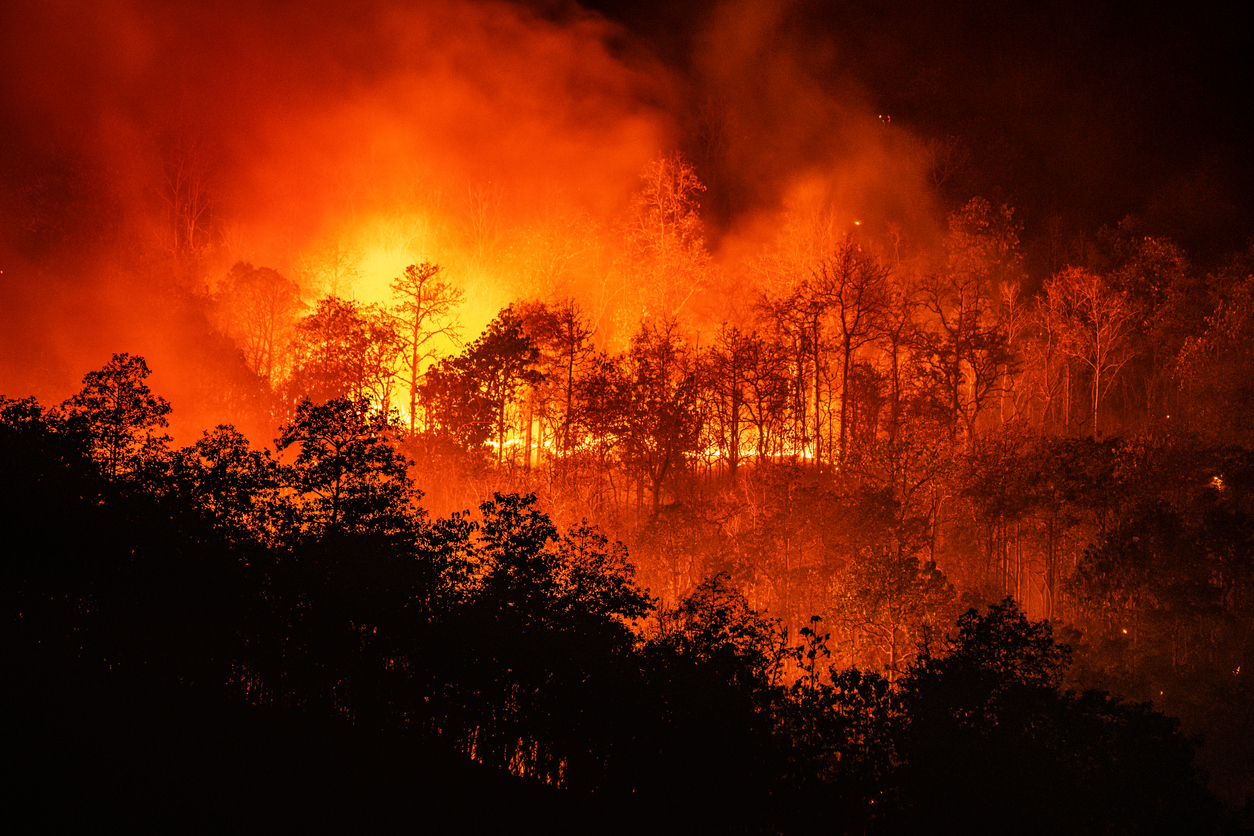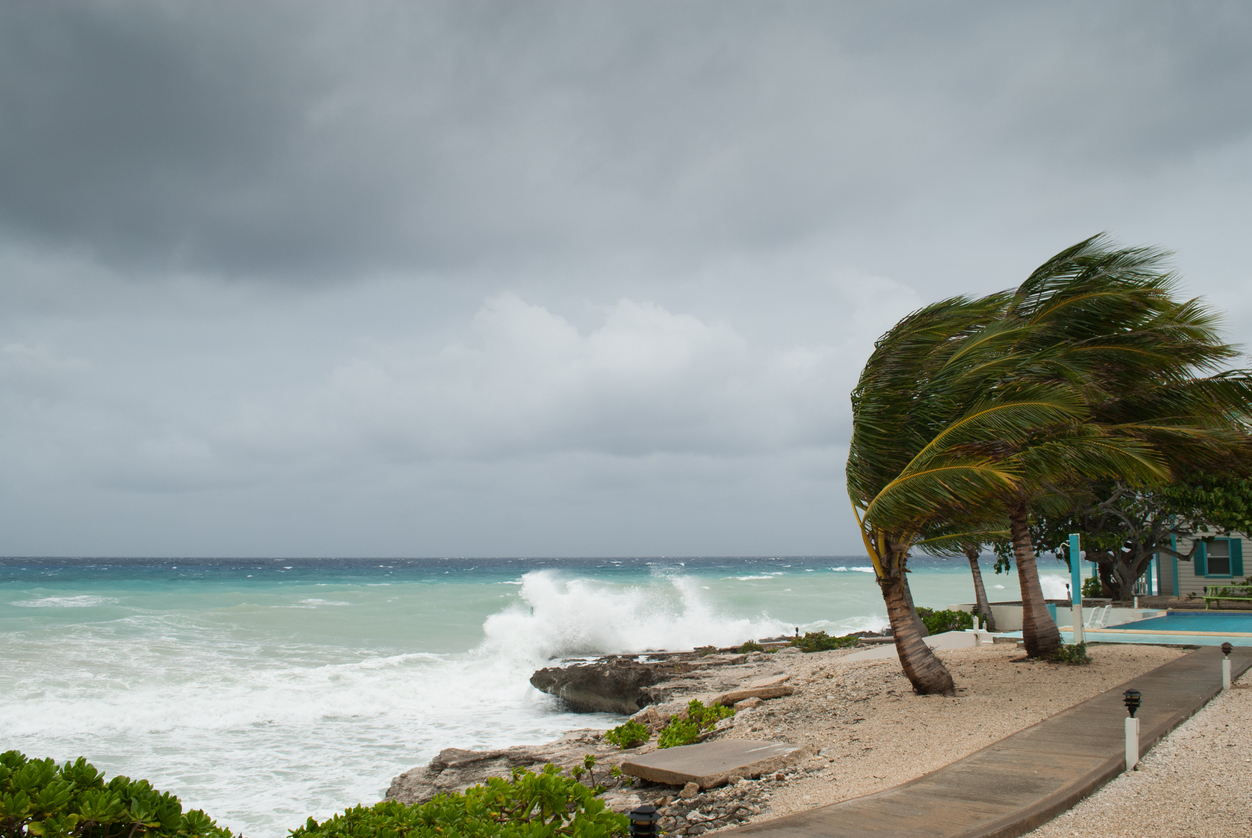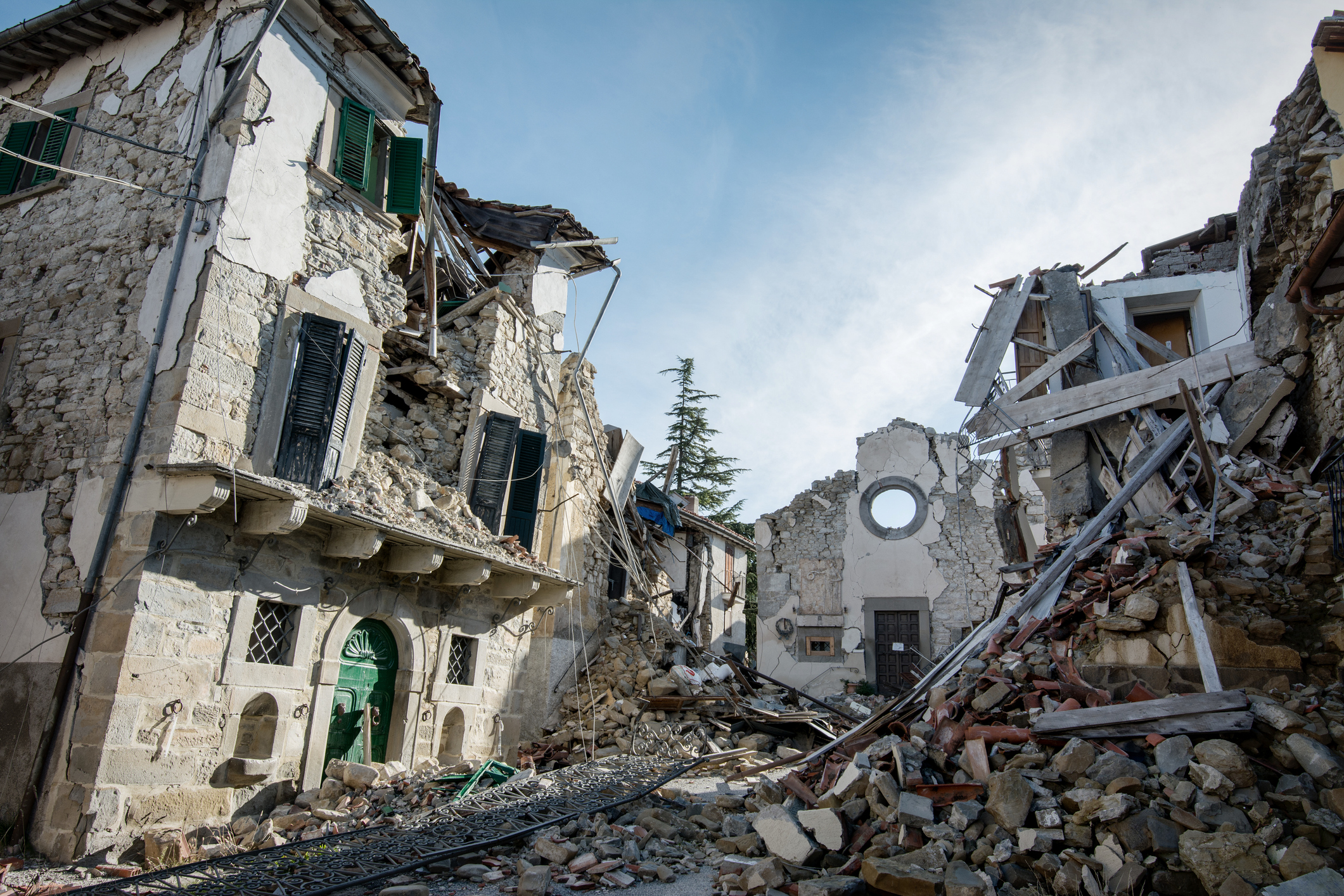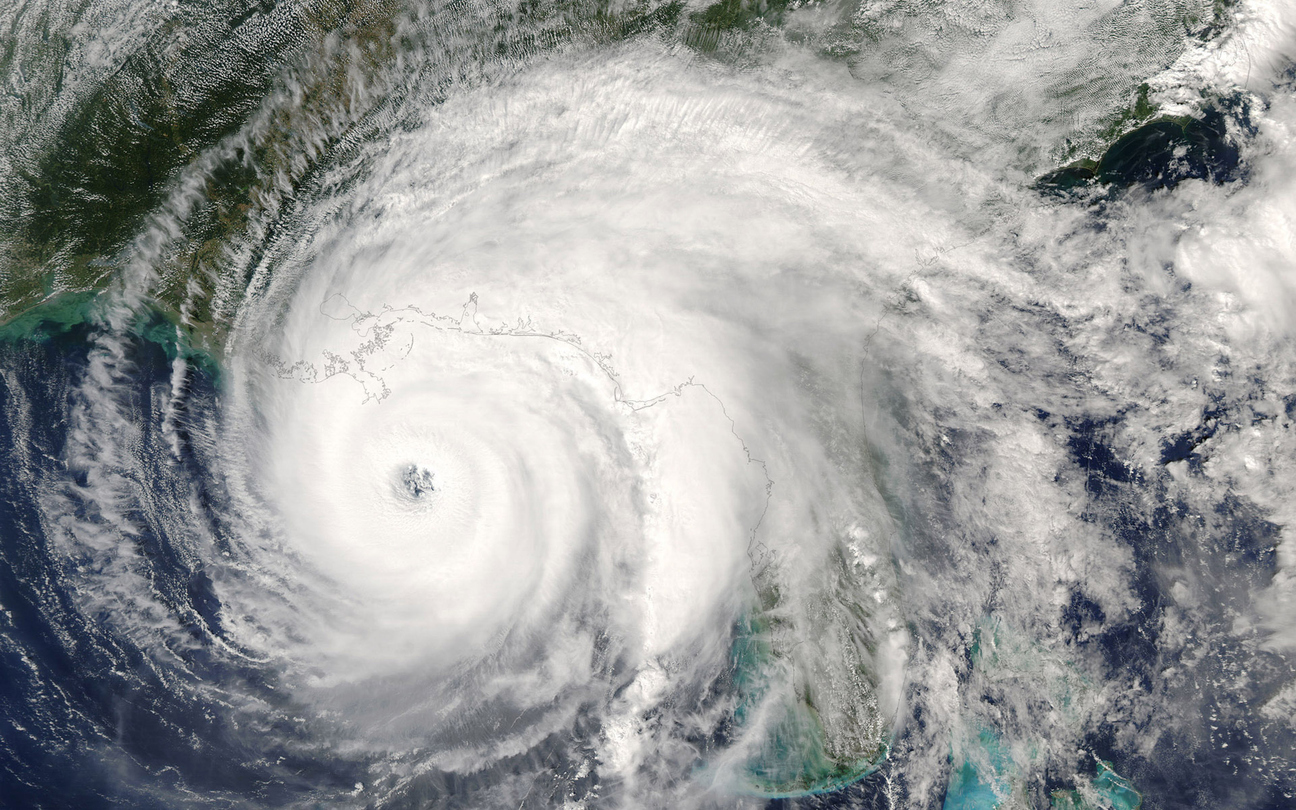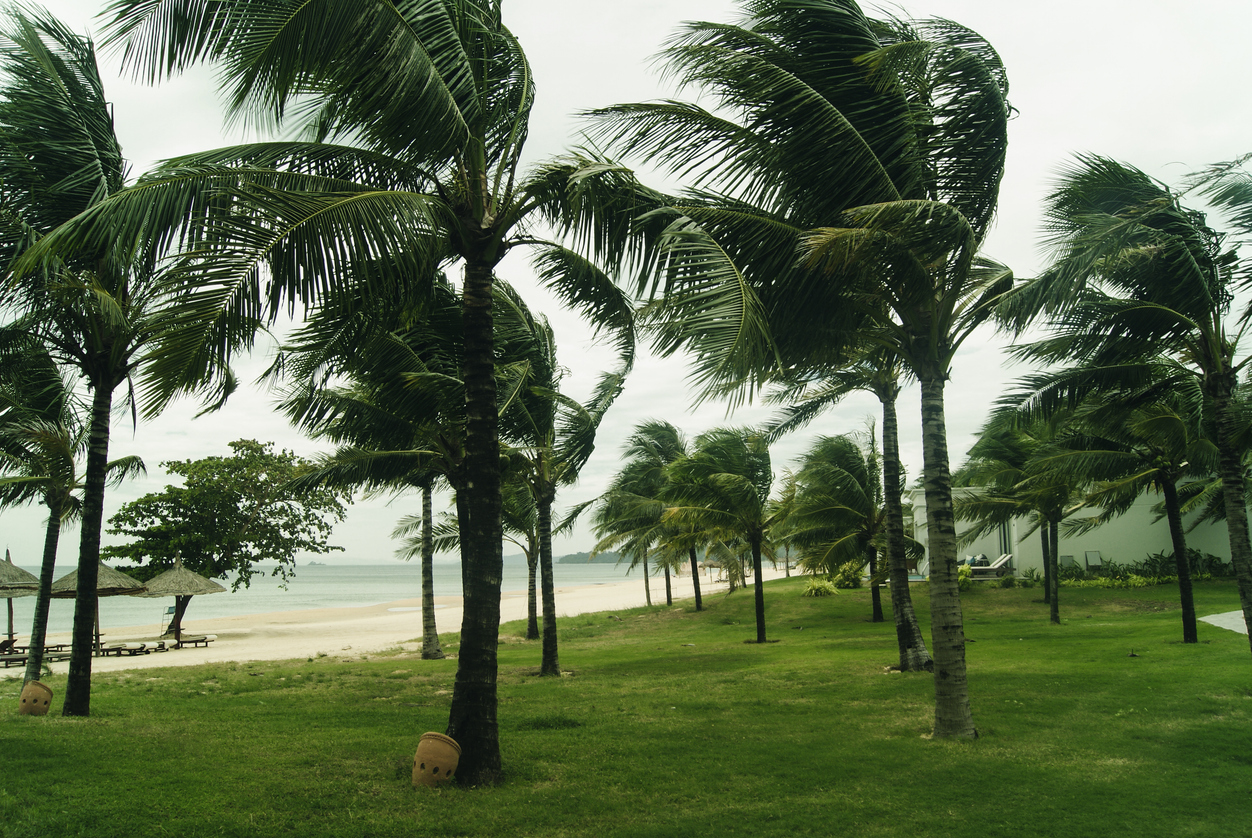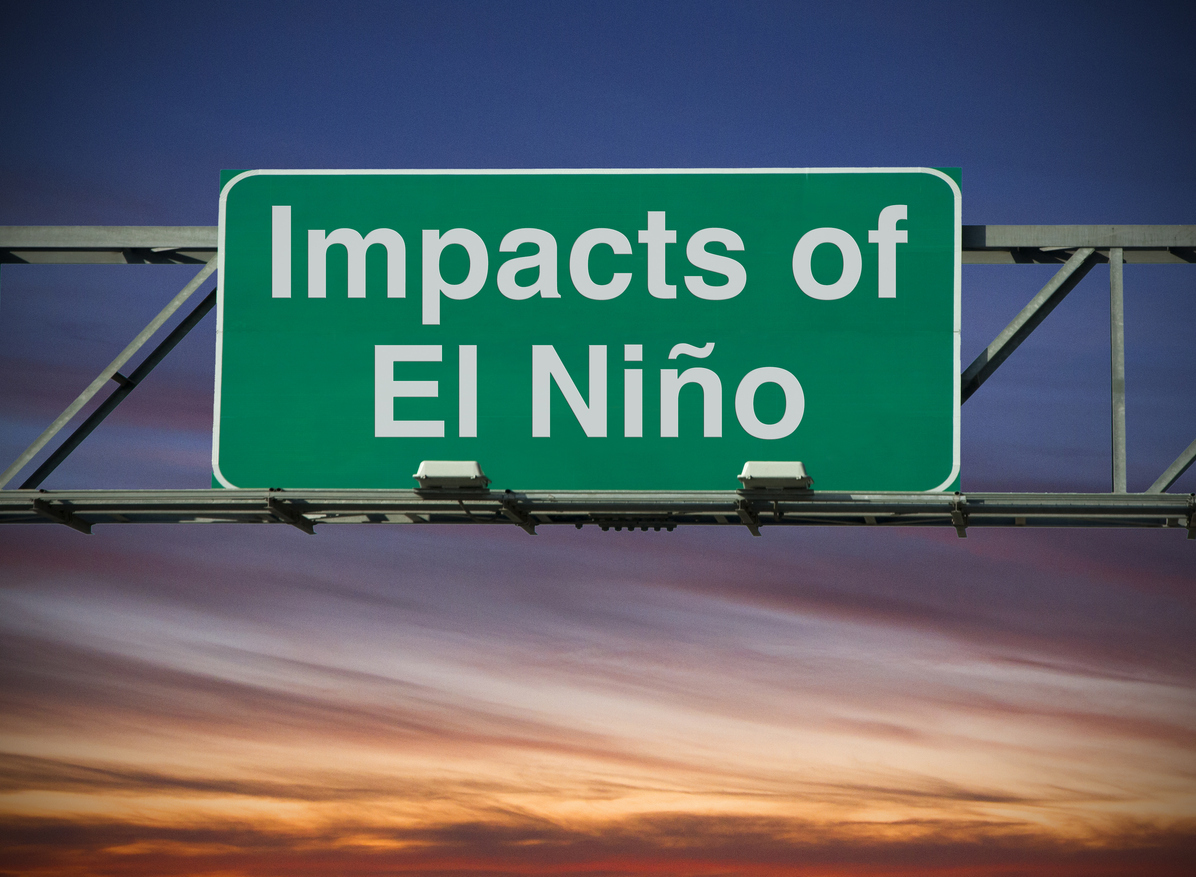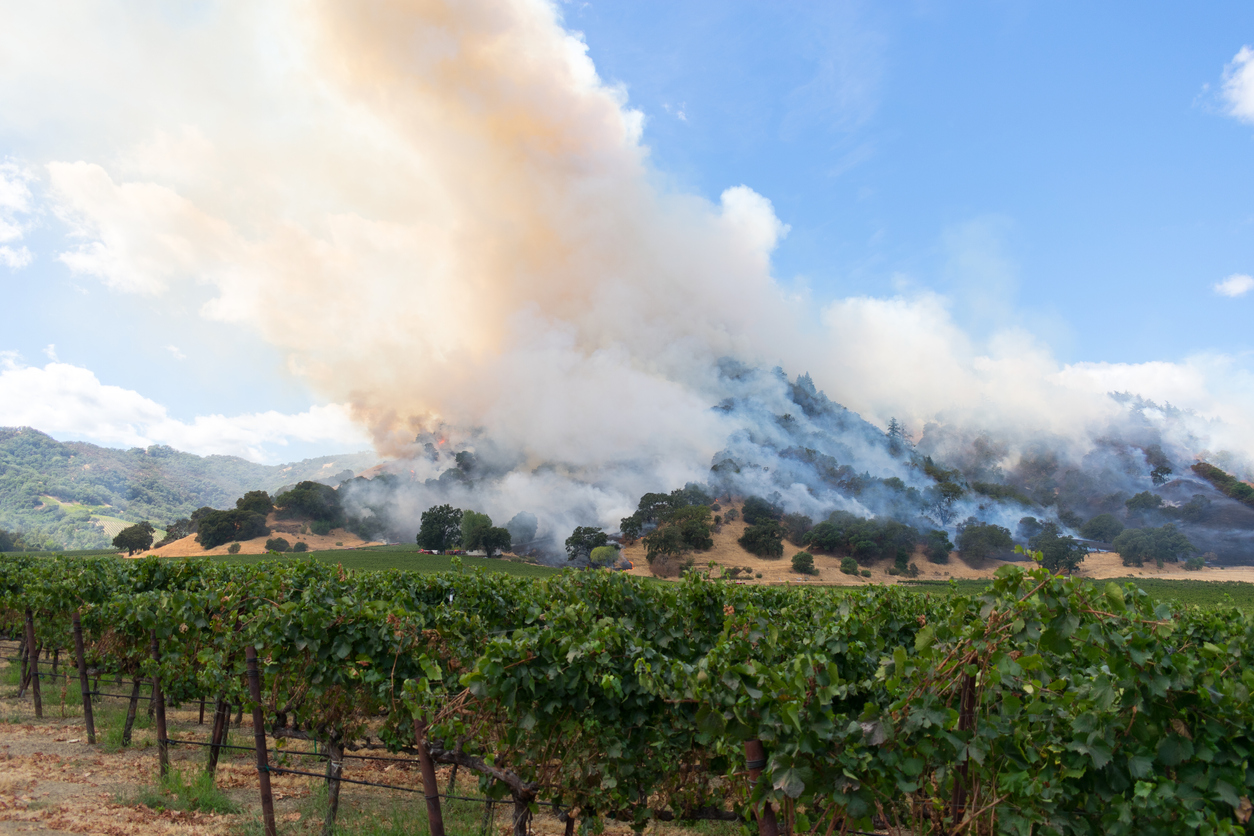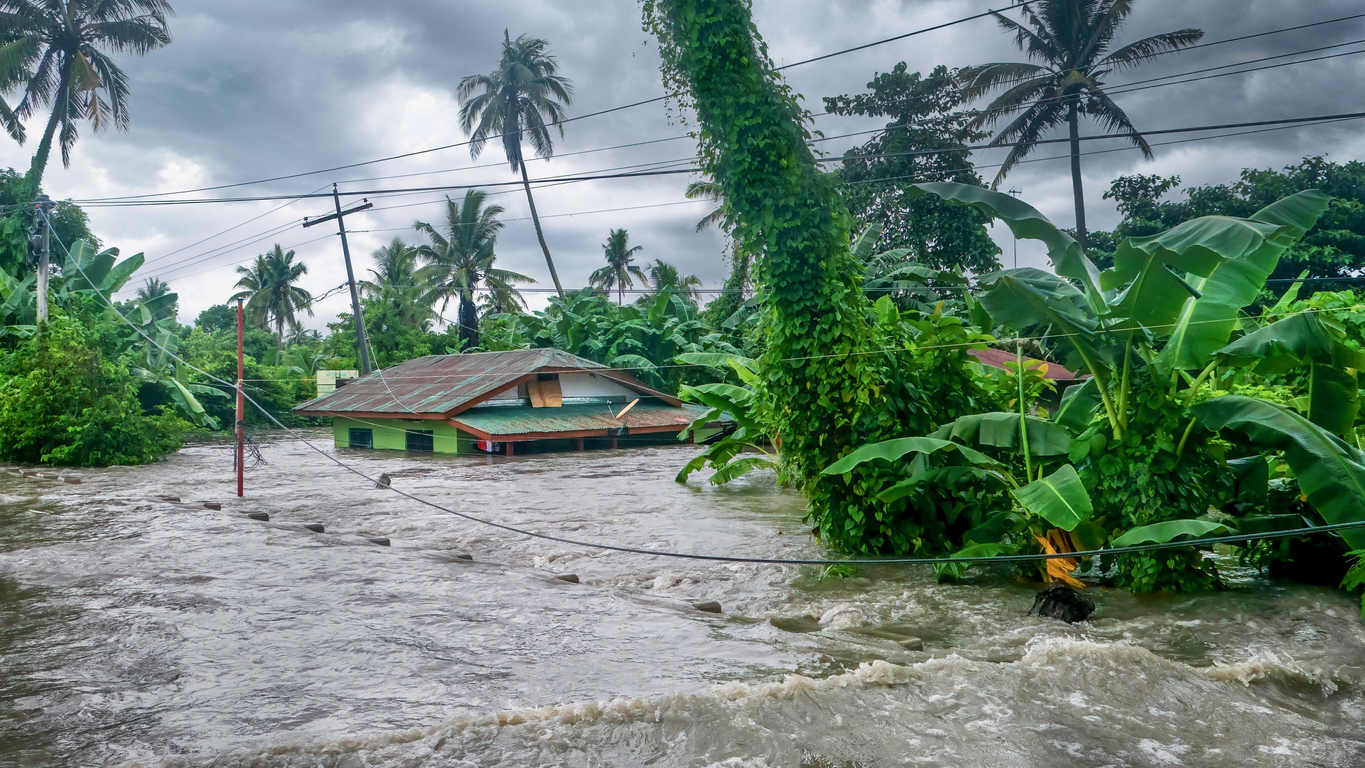Natural Catastrophes in Asia
In 2021, Asia was the most severely impacted region, experiencing 40.00% of all disaster events, 49.00% of total deaths, 66.00% of the total number of people affected and 18.90% of all natural catastrophe economic losses worldwide [1]. In 2022, Asia experienced some of the most destructive disasters, comprising 21.80% of global economic losses caused by natural catastrophes [2].
The top regional causes of disasters in terms of economic losses sustained are floods, earthquakes, and droughts.
Globally, flooding has been the most common natural disaster since 1990 and represents 42.00% of all recorded natural disasters [3]. Within 2021 and 2022 alone, 5 major flooding incidents occurring in China, India and Pakistan collectively caused USD 43.8 billion in economic losses. Flooding has also historically been a leading cause of economic loss in the region, with the 2011 Thai Floods causing economic losses comprising 10.87% of Thai GDP in 2011 [4].
It is clear Asia-Pacific is highly exposed to natural catastrophe risk. The severity of which may reasonably be expected to worsen with the impact of climate change. In fact, the frequency of natural disasters has increased tenfold since the 1960s, when the largest portion of these disasters occurred in the Asia-Pacific region. Statistics also show that the countries most affected in Asia-Pacific are China, the Philippines, Indonesia, Japan and Vietnam [5].
The primary question in the Asian insurance industry is:
To what extent does insurance coverage respond in the event of a natural catastrophe?
Issues with Nat-Cat Coverage in Asia
As all of us in the industry know, insurance is a crucial risk management mechanism, which plays a central role in the global economy. However, where insurance coverage is either unavailable or has not been purchased, the economic impact of catastrophes is necessarily borne by individuals whose homes or livelihoods have been threatened, businesses whose properties have been damaged or destroyed and governments (thus by extension, taxpayers).
Although a large portion of natural disasters occurring in the recent past have been in Asia, the gap between total economic losses sustained and losses covered by insurance policies is a staggering 92.00% in the last 20 years. Over the past decade, 74.00% of natural catastrophe losses in Japan are uninsured with a value of circa USD 260 billion [6]. This “protection gap” is even more pronounced in medium and low-income countries such as Indonesia and the Philippines [7], where emerging economies worldwide account for 96.00% of the total global protection gap [8].
Whilst Asia suffers more incidences of flooding than any other continent, only a small proportion of flood damage in Asia is covered by insurance, as illustrated at the table below [9] [10]:
| Country | Year | Economic Losses (USD bn) | Insured Losses (USD bn) | % Covered |
| China | 2010 | 58.30 | 0.86 | 1.48% |
| Thailand | 2011 | 50.11 | 16.34 | 32.61% |
| China | 2016 | 22.46 | 0.41 | 1.83% |
| China | 2021 | 19.00 | 2.30 | 12.11% |
| China | 2012 | 8.54 | 0.15 | 1.76% |
| Pakistan | 2010 | 7.24 | 0.51 | 7.04% |
| China | 2011 | 6.97 | 0.21 | 3.01% |
| Malaysia | 2021 | 1.40 | 0.70 | 50.00% |
| Total | 174.02 | 21.48 | 12.34% |
Global insurance penetration also varies by sector, with real estate topping the charts with the highest levels of insurance coverage, whereas the manufacturing sector shows the lowest insurance penetration at only 0.17% in 2018 [11]. In addition, China, Japan, India, South Korea and Indonesia account for 43.9% [12] of global manufacturing output in 2019, yet China, Japan and Indonesia are some of the countries most affected by natural catastrophes in the region. To compound the issue, as manufacturing represents a significant proportion of GDP, the impact of a natural catastrophe in these countries is rendered more severe.
Why is there such a large protection gap in Asia?
A key reason for the protection gap in Asia is due to low insurance penetration:
- Unaffordable, with few perceived benefits – one of the biggest barriers to purchasing coverage is most visible in countries with low disposable income. Products, which are tailored to specific needs may ease the affordability issue and push towards closing the gap. It may be difficult for business operators to justify the business case for increasing present-day expenditure in the form of premiums to insure against future potential losses, especially where they face competing financial priorities.
- Lack of understanding of insurance products – complex wordings and clauses, which are difficult to comprehend may pose an impediment for some to purchasing coverage. Low financial literacy or grasp of risk awareness may also inhibit potential Insureds from purchasing coverage.
- Large manufacturing base – Asia accounts for a significant portion of global manufacturing output, concentrated in countries with high incidences of natural disasters such as China, Japan, India and Indonesia. While low insurance penetration may seem counter-intuitive given the high exposure to risk in manufacturing, one explanation may be a lack of willingness to cut into low operating margins by buying insurance.
- Frequent incidence of Nat-Cats – As noted above, a significant portion of global natural catastrophes occur in Asia. However, this can lead to higher insurance pricing, which may result in an increased perception that insurance products are unaffordable. As such, businesses and individuals may avoid purchasing insurance coverage just when they need it the most.
- Lack of sufficient capital – the relative scarcity of alternative sources of capital such as insurance-linked securities and catastrophe bonds when compared to Western Europe and the US means that there may be inadequate capital to underwrite catastrophe risks in Asia.
Summary
- Extreme weather events are likely to increase in both frequency and intensity, arising from the enduring impacts of climate change, increasing population density and deforestation. Recent natural catastrophes have highlighted the magnitude of the protection gap in Asia. The protection gap exhibited by the Asia Pacific region is a whopping 83.00%, compared to the global average of 57.00% in 2021 [13].
- There are a multitude of factors, which drive the protection gap in Asia – ranging from a lack of understanding to issues of affordability. However, bridging this protection gap may require effective collaboration between the public and private sectors through public insurance initiatives, subsidisation schemes, government guaranteed reinsurance pools or programs to educate the public on the value of insurance. In addition, insurers need to provide customised products to meet the specific needs of Asian customers while balancing affordability.
- Given that natural disasters are occurring with higher frequency in the region, insurers face not only a higher number of claims but also claims of larger value. Insurers should effectively manage the risk of Nat-Cats by securing re-insurance protection or factoring in loss deterioration in order to ensure operating stability.
How can MDD Help in a Catastrophe Event?
Despite the large protection gap evident in Asia-Pacific, the forensic accountants at MDD play a crucial role during a catastrophe event. Given the widespread devastation caused to an area impacted by any catastrophe, it is imperative that we react swiftly and effectively to address the urgent needs of local Insureds.
MDD is uniquely situated to provide effective service in the event of a Nat-Cat – in particular, we have:
- A coordinated global response with quick reaction and empathy to all assignments due to our simple processes supervised by a dedicated CAT Coordinator and a wealth of highly experienced managers. Our global catastrophe team is able to promptly determine immediate staffing requirements to get “boots on the ground” as soon as possible.
- A global presence with over 40 offices in 14 countries. MDD is able to transcend language barriers which can impede the efficient progression of a claim with effective communication in 35 languages.
- Unparalleled experience in over 800 industries, and we offer a full range of services pertaining to volume / straightforward claims to the most complex matters with a strong track record of success. No matter the size, location, or type of claim, MDD offers the necessary expertise to competently service any claim.
In fact, MDD has an excellent reputation for high-quality service during any sort of catastrophe incident, ranging from the Covid-19 pandemic to the Beirut explosion. Our global team of professionals welcome the opportunity to ease the burden that any catastrophe event places on Insureds and the Insurance Industry with competent and compassionate service.
The statements or comments contained within this article are based on the author’s own knowledge and experience and do not necessarily represent those of the firm, other partners, our clients, or other business partners.
Overview – Natural disasters of the Asia Pacific Region – LibGuides at Mater Christi College
Asia Pacific Region Threats: Natural Disasters & Water Stress (visionofhumanity.org)
Natural Catastrophe Protection Gap in Asia Calls for Collaborative Innovation (guycarp.com)
https://www.statista.com/chart/20858/top-10-countries-by-share-of-global-manufacturing-output/





 Sarah Chick
Sarah Chick 

